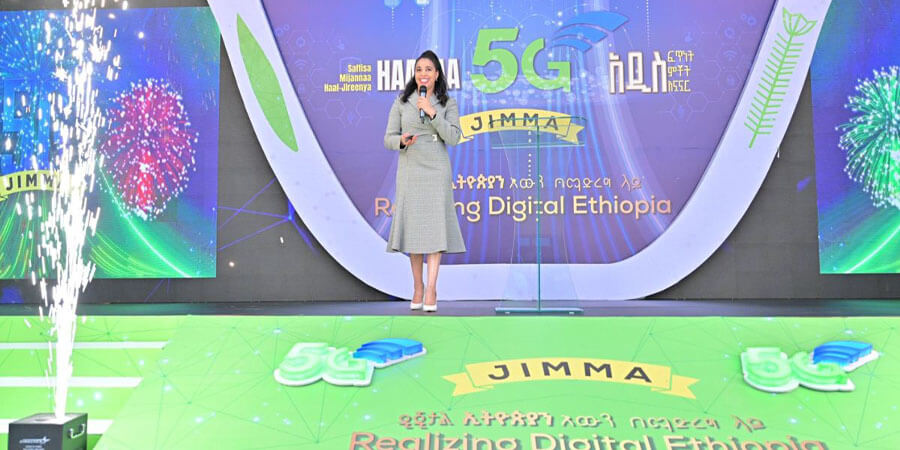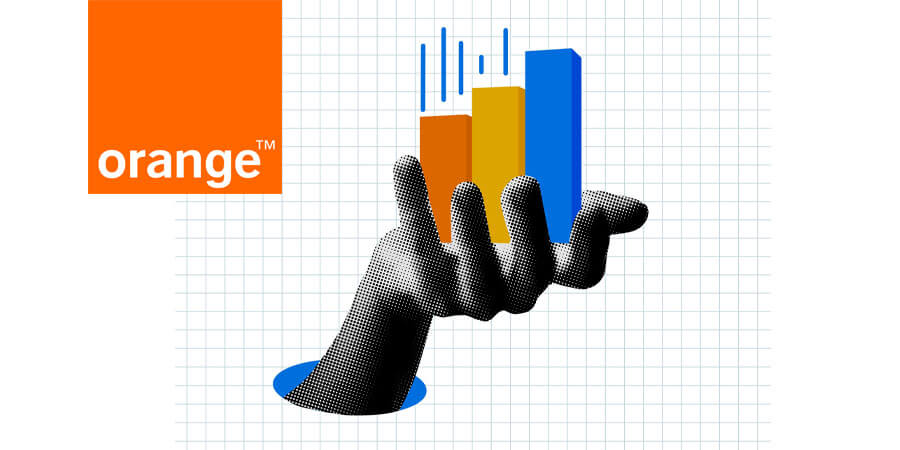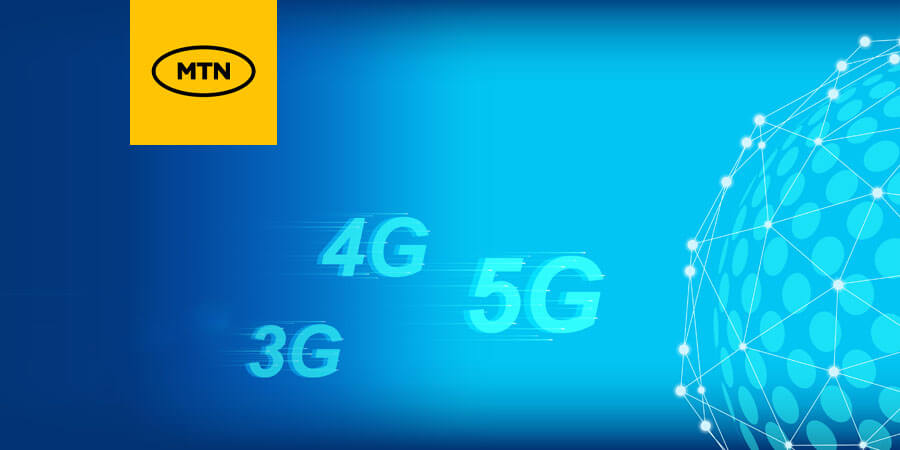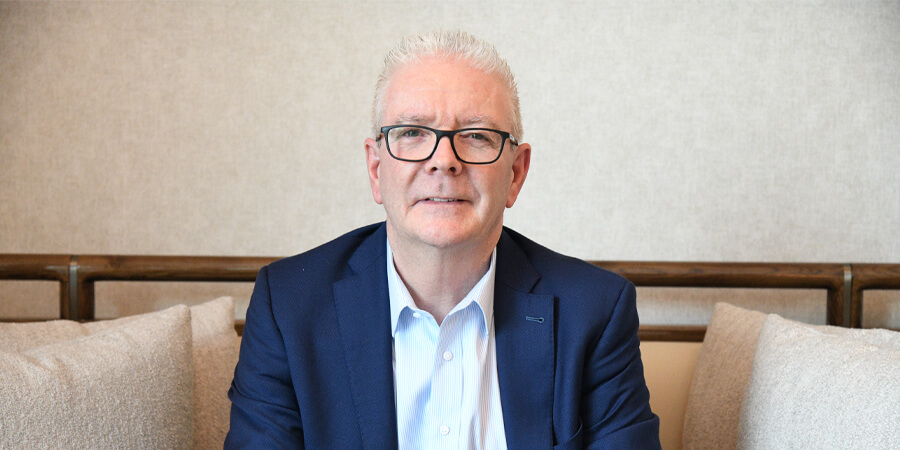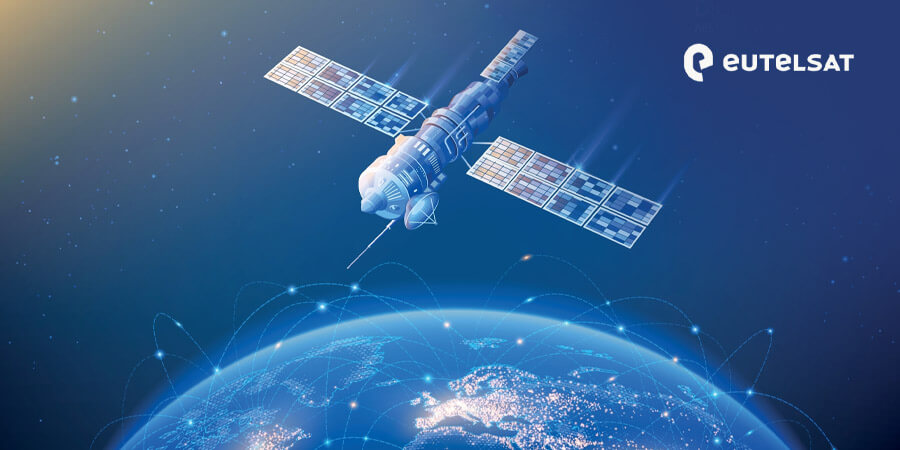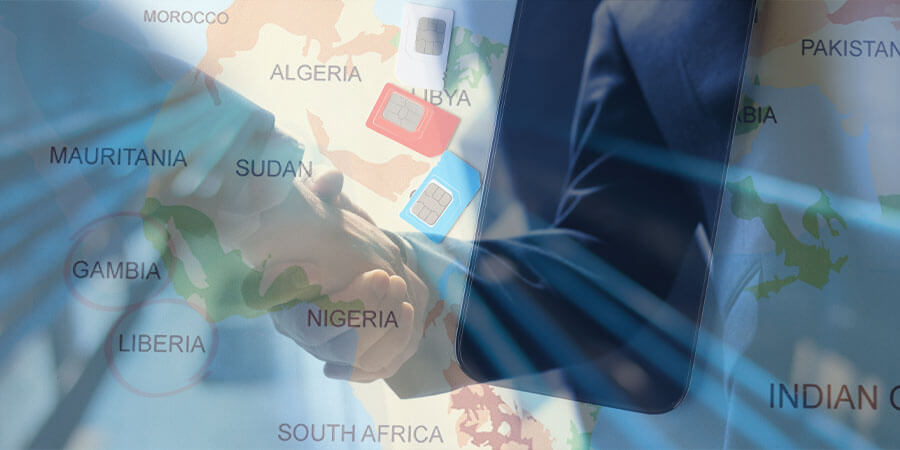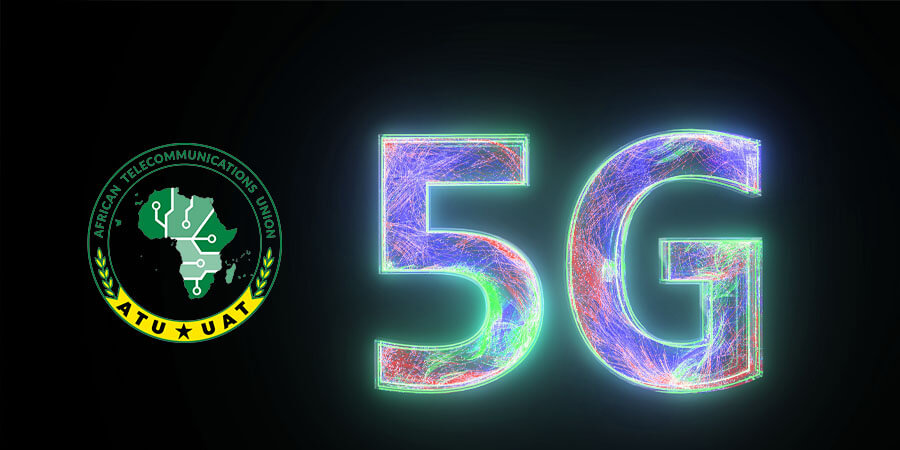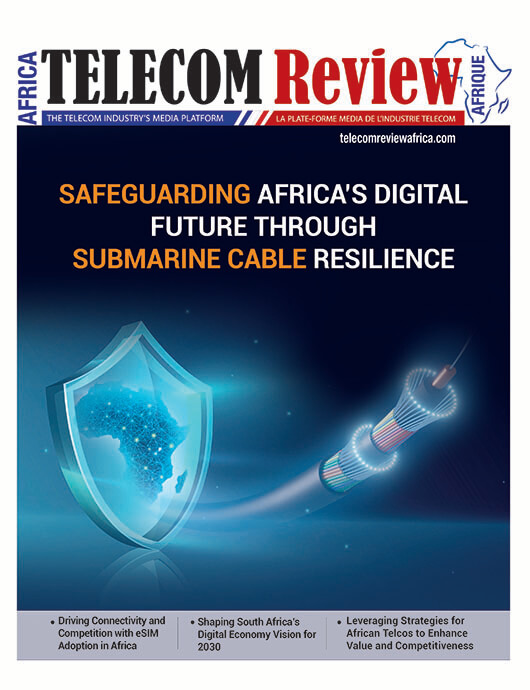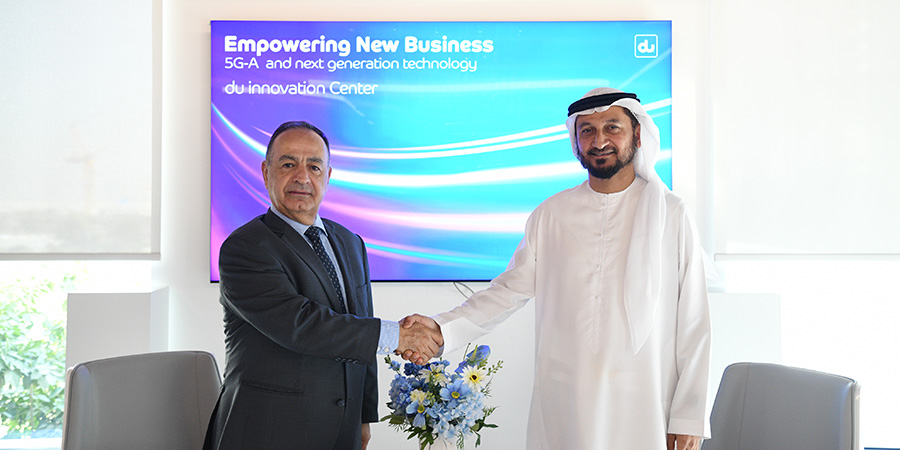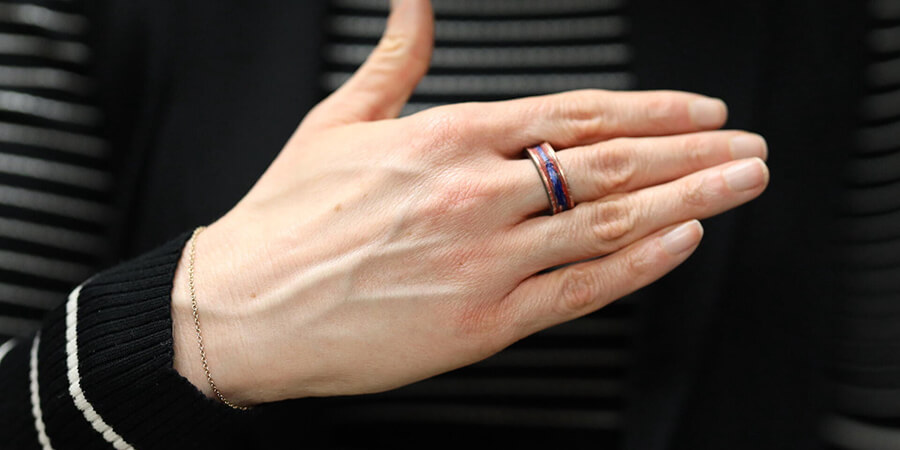Engineers at the University of Waterloo have pioneered a groundbreaking innovation: a highly efficient antenna small enough to be housed within a ring, yet capable of transmitting crucial medical data to both healthcare providers and individual patients.
Designed to be worn discreetly like jewelry, this ring consists of a miniature antenna that securely transmits medical information to smartphones or healthcare facilities over considerable distances via airwaves. This advancement marks a significant milestone in the development of non-invasive medical sensing technologies, facilitating functions such as monitoring blood and oxygen levels, evaluating fitness metrics, and tracking medical conditions.
Distinguished as an Internet of Medical Things (IoMT) device, this ring aligns with the key components of biomedical monitoring systems. This includes wearable antennas, which are crucial for maintaining wireless connectivity and transmitting data collected by sensors dispersed throughout the body.
The researchers also emphasized the importance of comfort, flexibility, and compactness, while ensuring minimal radiation absorption. Crucially, the antenna operates within a designated wireless spectrum reserved exclusively for medical data transmission, akin to smartphones connecting to a 5G network. Powered by a modular, rechargeable battery, the ring fulfills all these criteria.
The past decade has witnessed a surge in wearable antenna development, largely spurred by the proliferation of digital smartwatches, wristbands, and eyewear employing Bluetooth wireless technology.









